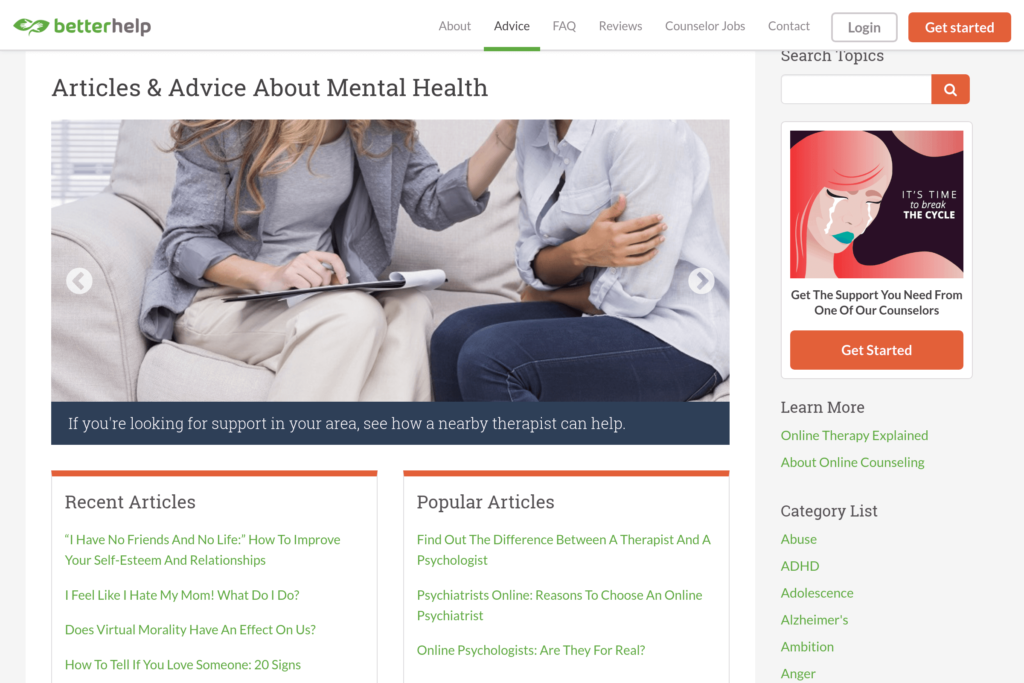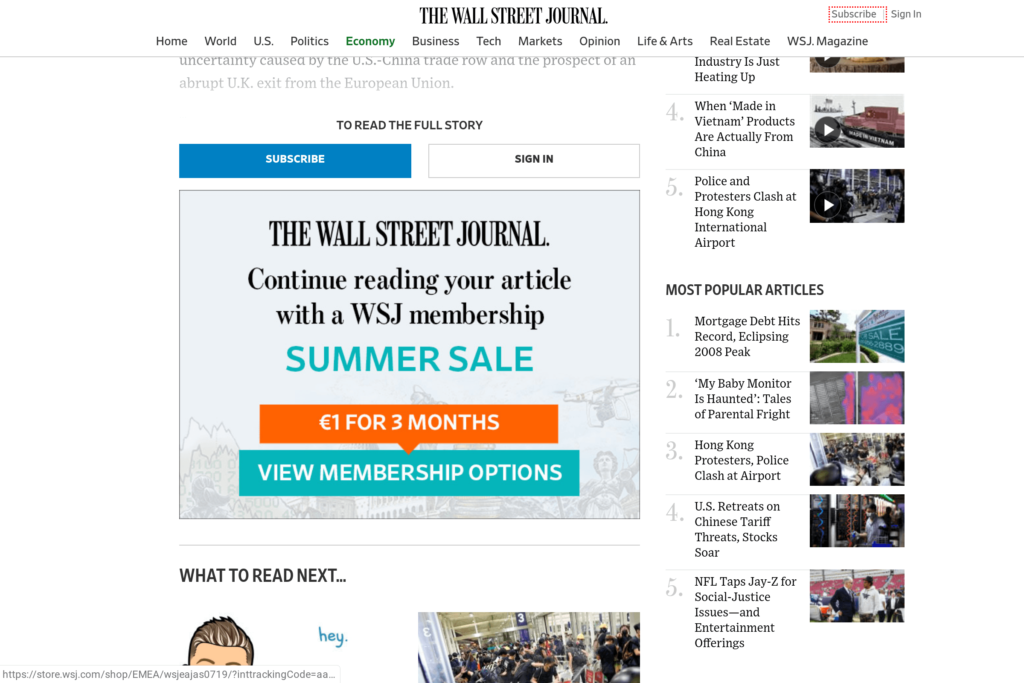Where paywall content stands with SEO: A focus on user experience
Can publishers sustain their paywall content? Interestingly, some major publishers reported improved ad revenues once they added a subscription service.
Can publishers sustain their paywall content? Interestingly, some major publishers reported improved ad revenues once they added a subscription service.
Publishers are increasingly adopting the paywalled content approach as a monetization strategy. If there’s anything, paywalled content has helped publishers generate more revenue online. But user experience may have suffered as a result.
Paying for content may sound arcane on the Internet, but it’s not a new thing. Newspapers thrived on subscription plans. And high subscription numbers are how publishers justify their ad rates. But with the way the internet has democratized access to knowledge, hardly does anyone pay for content anymore. But that is changing.
Adopting the content subscription strategy is on the rise. And it is being endorsed by decision-makers at major media outlets. However, both from an SEO perspective and a user experience angle, paywalls may create concerns.
“Can publishers sustain their paywalls?”, this is the question to ask. It’s understandable that introducing sudden changes to a platform may cause user apathy. But is that the case with publishers who use paywalls? Or rather, should content marketers begin to adopt this approach?
Interestingly enough, some major publishers report seeing their ad revenues improve once they added a subscription service. Why this is the case is still not clear.

Source: Betterhelp.com
Over at Betterhelp, where I oversee content creation we’ve only tried the “Freemium” approach and will continue to split-test between free content and putting back paywalls. So far, from professional experience, putting content behind paywalls has not helped our users, who rely heavily on our advice blog. While our experiment with a paywall is yet to be concluded, we can draw from other media outlets to see what works.

Source: The Wall Street Journal
If you’re on the homepage of The Wall Street Journal website, you’re immediately prompted to register to start reading an article. Of course, to register means to pay to gain access to the content. On a website like WSJ.com, it’s easy to justify paying to read an article. They employ professional journalists who must keep producing high-quality content round the clock to meet the standard the newspaper is known for. Readers that enjoy it will not budge at the idea of paying to keep their subscription to The Journal. However, to understand why mainstream publications put their content behind paywalls, we need to look at how their business model works.
It’s obvious, monetization is the chief factor in why publishers adopt paywalls.
In print, established outlets like The New York Times, WSJ, and The Post rely on advertisers and subscribers to keep their business running. On the internet, however, advertisement is not a sustainable revenue model for large publishers as users are trained to seek fast bloggy content that is difficult to monetize. Further crippled by the wave of Adblockers, digital advertising generates less than the revenue that similar ads will generate in print. With this, publishers are willing to throw UX under the bus for revenue.
Defiance and reports of success after implementing paywalls may tempt marketers to adopt the approach. As in our case, we had to shelve the idea after a brief experiment with the freemium approach.

Source: Twitter
Most publications have reported success after adopting the paywall program. The Wall Street Journal, for instance, has over 1,550,000 paying registered online subscribers that have opted to pay to read their content. In 2018, The New York Times also reported hitting 3,000,000 registered subscribers, with digital contributing the most to its revenue source.
Now, you need to understand that The Time and WSJ’s approach involves a lot of testing and engineering. WSJ, for instance, scores readers based on an average of 60 data points to judge their readers. This pool of data is then used to determine when the paywall is introduced. Data helps WSJ to determine whether to nudge a reader into subscribing, offer them a “Freemium”, or even put up a “Hard Paywall”.
For content marketers, especially those whose existence relies on educating their audience through content as we do at Betterhelp, putting valuable content behind a paywall may be risky. Paywalled content could become a hindrance in the decision maker’s ability to consider your brand for opportunities. Decision-makers may even think your brand is not serious when content that is meant to educate your customers is put behind a paywall.
Google tried to rein in on paywalled content practice by forcing publishers to follow their “first-click-free” policy. Basically, readers coming from a Google search result must be allowed to get the first premium content for free, or you lose your rankings. Of course, this rule gave room for misuse by some users and placed publishers in a tight spot, forcing many to ignore the controversial policy at the risk of losing their search rankings. In 2017, Google dropped the first click free policy and allowed publishers to decide how their content is seen.
It’s important to note that the way search engine crawlers interact with content is not the same way humans interact with content. This means publishers must carefully consider user experience in making content strategy decisions. Should an article that is crucial to the free content you’re allowed to read from search be put behind a paywall? How does that affect the experience? Ultimately, user experience is critical to SEO performance.
Studying the pattern of the largest online newspapers that have prioritized subscription services, it’s noticeable that they understand the negative impact of this approach on UX. For instance, there is hardly any publisher that has employed the “Hard Paywall” approach without leaving room for numerous “side doors” for non-subscribers to still access their content.
The downside of poor user experience for an online brand is so significant, it goes beyond the website alone. It can as much as hurt the brand itself. This is where the impact could be felt in search rankings. Google predominantly favors higher organic click-through rates (CTRs) in ranking search results. And once users have been trained to ignore a brand’s links in the search result pages, it’s only a matter of time before Google starts dropping the website for others with higher CTRs.
Whether publishers are aware of the several “side doors” non-subscribers are actively taking advantage of, or perhaps are they intentionally leaving room for content leaks is not clear. The upside to this “loophole” is near parity with what Google expects from publishers versus what they get.
How do content creators factor in their users’ experience while still accounting for revenue generated from their content? The key is this – when deciding which content to put behind a paywall, think about its primary purpose first.
Marie Miguel has been a contributor and a writing and research expert for nearly a decade, covering a variety of health-related topics. Some of her write-ups can be found on BetterHelp.com.